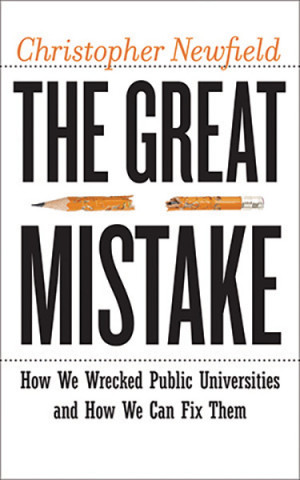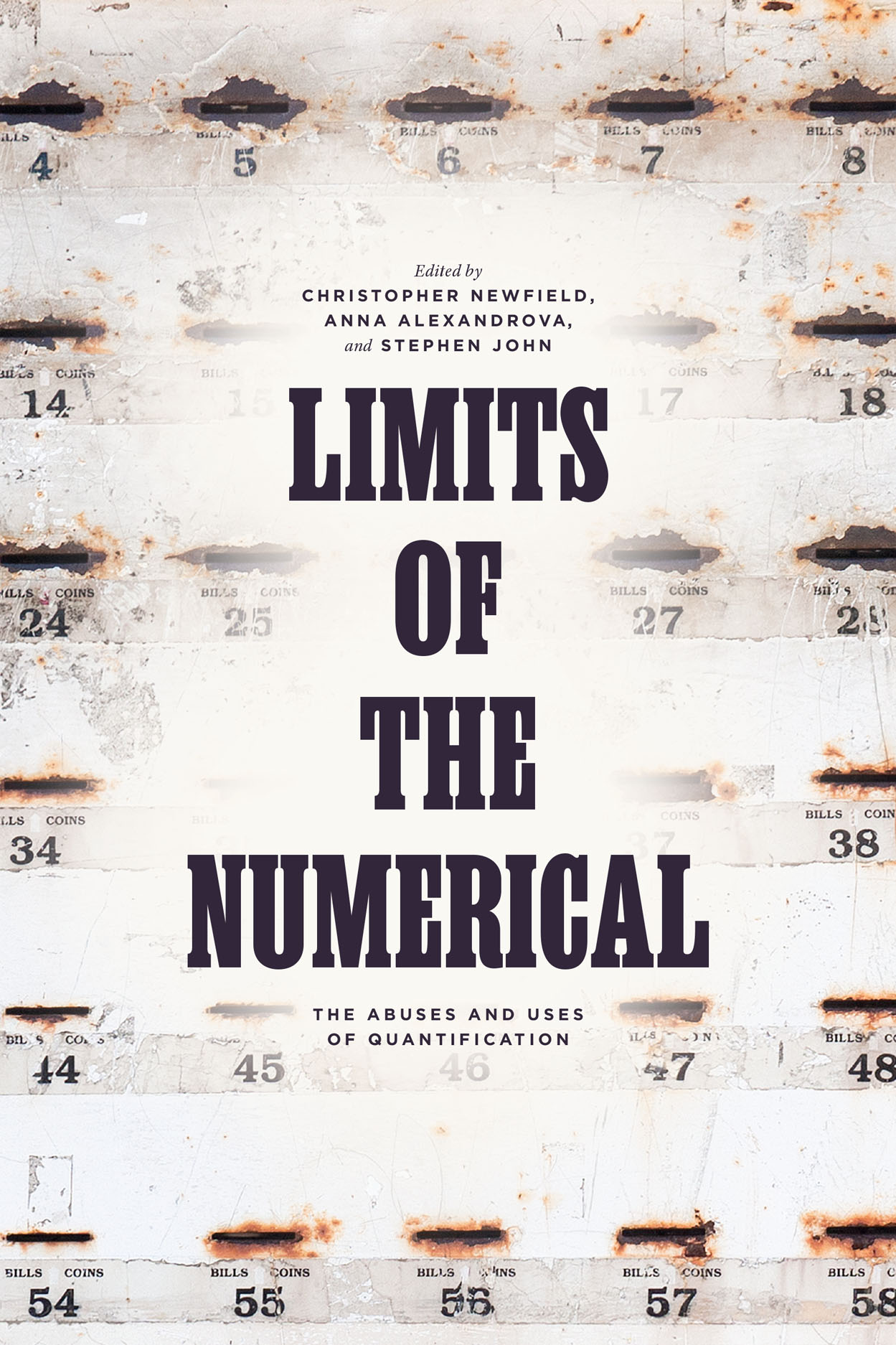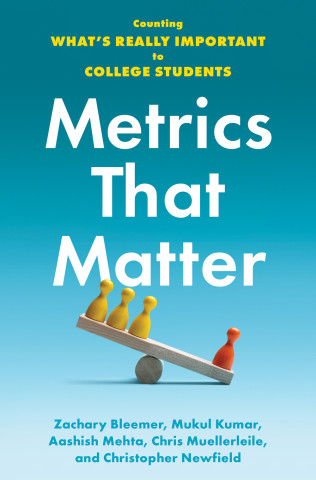In general I think this is a terrible distraction from the main goal, which should be to oppose any pay cuts for anyone, and thus to avoid this quagmire of conflicts, demoralization and decline in order to pursue far more inventive solutions to the current problem than this standard industry practice of when the going gets tough, the tough hurt their own people.
That said, and without going into the details of the mindboggling array of contractual agreements UC hosts, there is one good reason why soft-money folks - paid by extramural funders and not by the state of California - should share the fate of the state side.
That reason is this: non-state research is subsidized by state funding, albeit to varying degrees. The state hosts non-state research - provides the buildings, support staff, cheap student labor, and many other things that go by the unpleasant name of "indirect costs" or, in federal language, "facilities and administration."
I analyze this at length in a recent book, and will write a bit about it here. Unless this state subsidy for federal and other research is understood, "hard" and "soft"-money staff will polarize, and weaken faculty and staff responses to the crisis.
Here goes. All researchers are tied to educational units of some kind. UCSF is different, since it has no undergraduates and thus none of the state funds attached to their enrollments. But a few years ago, my planning and budget committee was told by the then-budget director for UC that medical instructional programs didn't get the $10,000 or so per student that the state gave per student (actually full-time-equivalent student or FTE). UCOP allocated them more like $50,000 per FTE. The numbers that I saw two years ago for Berkeley Law School were about $33,000 in expenditures per student FTE, with an undeclared proportion of that coming from the state. I'm not saying these multiples of undergrad funding are inherently unjustified - science costs a lot of money. I am saying that these multiples are of state money that flows into units where non-state research also occurs.
But didn't the non-state money build the facilites etc in which it works? Actually, no.
At this point we have to take a look at indirect cost recovery (ICR). “Indirect costs” are little more than the overhead on an activity, and in particular, on research. The standard situation is that a university faculty member applies for and obtains a research grant from a federal agency. If that person’s university has a 50 percent ICR rate, or overhead rate, this means that 50 percent of the amount of the direct costs of the grant will be charged to the agency in addition to direct costs. If a faculty researcher obtains a grant of $100,000, an additional $50,000 will be given to the researcher’s institution by the granting agency. The cost of the grant to the agency will be $150,000, the researcher will have $100,000 to spend on conducting the specific research, and the university will have $50,000 to cover its overhead. Direct costs involve the costs of the specific grant—the portion of the salaries of the principal investigator and research assistants that are consumed by grant activity; buying equipment and materials to be used in the research; and travel costs and similar expenses. Indirect costs go to the university primarily to pay “facilities and administrative costs . . . that are incurred for common or joint objectives and, therefore, cannot be identified readily and specifically with a particular sponsored project.” Clear examples are power bills, building maintenance, capital upgrades required by a number of research programs that share a building, environmental mitigation, and staff costs in the grant’s primary departments. The actual formulae are often Byzantine, but the basic idea is that many of the costs of research are shared over a large number of grants and over a long period of time, and that each grant should pay for a piece of these common facilities and administrative structures.
Here's the catch. The costs the extramural grant provides to cover indirect costs are almost always less than those actual indirect costs. Accounting studies show that “research at [universities] is not fully funded by external funding sources.” allows and even encourages faculty members to accept grants from agencies that do not pay the full overhead costs of their grants. Such agencies include those of the federal government, where the negotiated ICR rate is almost always below actual overhead costs. Such agencies also include the many non-profit foundations that have explicit policies of not paying full overhead. A third group of agencies consists of corporate partners, who can negotiate lowered overhead on a case-by-case basis. In UC, if sponsored research is classified as a gift—meaning it requires no reporting and no deliverables—its overhead rate can be as low as 2 percent. In other words, virtually no external sponsor of research pays its share of actual indirect costs. A UC senate investigation concluded that “external studies of under funding have consistently put total recovered overhead at about 33% of modified direct costs—a dramatic shortfall as true costs appear to be in the 61–67% range.”
Here's a visualization of the issue, courtesy of one of UC's Vice Chancellors for Research who has been trying to spread the word to his faculty for quite a few years.

And here are some figures that compare indirect costs the sponsor covers with the indirect costs the research actually incurs. Column 1 lists the university. Column 2, "Most Recent Submission," indicates the actual indirect costs that the university in question submitted to the funding agency (e.g. Harvard to Heath and Human Services). Column 3, "Negotiated Rate," is the rate the university and the funding agency agreed would be paid to cover indirect costs. Column 4 is the funder.

The crucial issue here is that in most cases - including all UC cases, the rate at which funds are recovered (column 3) is lower than the actual costs (column 2). Universities actually lose money when they get big extramural grants.
The gap between actual and recovered costs would then be multiplied by the dollar amount of the research operation to yield the amount that scientific research actually costs each campus. Oddly enough, some of the largest gaps occur at some of the largest research operations in the country (Washington is always near the top in overall federal contracts, Harvard is a perennial front-runner, and the UC campuses as a whole have more than $2 billion just in federal contracts). If an “average” campus has $200 million in research, and the gap between actual and recovered costs is “only” 5 percent on a 50 percent negotiated ICR rate, the university needs to find nearly $7 million a year of its own money to cover the costs of conducting extramural
research.
The actual situation, however, is generally much worse. The federal agencies listed in Table 6 come closest of all research sponsors to a full recovery rate, some percentage of research occurs with much less or even very little ICR. When all these sources are pooled together, the negotiated rate turns out to be far higher than the actual overall rate of recovery, which at UC is
only 33 percent. If the gap between actual and recovered indirect costs is not 5 percent as posited above but 50 percent, then the university needs to find ten times the subsidy money assumed above, or closer to $70,000,000 of its “own” money. The actual gap is somewhere in between these figures, but even if it hovers nearer the low end, such rough calculations suggest that the costs of research are a very serious chronic budgetary issue.
To wrap this up: since state money subsidizes non-state research, and since state funds are being cut, it makes sense for non-state research to share the cuts.
We need to oppose these cuts [addendum: see my remarks in response to AndrewD and Gerry in comments]. If the cuts are imposed, we need to talk about how non-state folks should be brought in to share the (unnecessary and destructive) pain. It should be done differentially, which is probably too hard for UC, but it would need to be tried.
The socialization of costs is crucial to the idea of the university, in which all knowledge is interconnected and all progress takes place through knowledge-in-common. I don't object to subsidies: I embrace them. The subsidies need to be accounted for and acknowledged by their recipients - so they can be continued and reciprocated, and so we can move forward together.




11 comments:
Chris,
I am in agreement with your argument that contract and grant-based research at UC is almost certainly "subsidized" by the University, and personally feel that the practice of identifying ICR as a "funding stream" to the University is disingenuous.
I am also comfortable with your statement that "socialization of costs is crucial to the idea of the university".
However, insofar as the avowed intent of cuts is to reduce expenditures, I fail to see why "it makes sense for non-state research to share the cuts", given that such "sharing" provides only equity of pain without actually providing funds to UC?
Regards! Andrew
A few clarifications. When a gift comes in, the development office takes a % for administration. This is limited by IRS regulations on gifts. That money doesn't go to the F&A pools, it goes to the development office. The research that then takes place with the gift funds is *entirely* subsidized from other sources. The problem is people thinking that the usual F&A has *anything* to do with gift administration overhead.
The federal F&A rate is set for each university by a single agency negotiation. So if a university is assigned HHS, then all federal grants go at the rate set by HHS. Whether a university can charge a higher F&A for industry is a matter of policy. Generally faculty PIs work *hard* to prevent higher F&A rates. This, even when *industry* F&A rates for research are 2x university rates. This problem isn't merely the result of administrators unable to make a competent case to the federal agency they negotiate with, it's also the science, medicine, and engineering faculty trying to keep the rates low. It's unreal.
And we haven't even mentioned the "matching" funds requirement in a lot of bigger federal grants. The idea is to bring in private money, but instead F&A money gets recirculated as the "match" and goes into the direct budget as the institutional contribution. Meaning the real F&A coverage has to come from somewhere else.
All this skips the issue that you are concerned with, which is pulling the soft money salaries into solving the cash flow problem. I'm not tracking it. I'll reread, but here's the thing. Dropping the salary doesn't change the grant funding. The money is still caught in the grant direct budget. It isn't going to move to the F&A side. Sending it back makes no sense. At best, you set up an unfunded extension to spend down what got cut. So chopping these salaries doesn't give the state more money unless you write a direct budget to pay for something--moving the grant into leased facilities and making the direct budget pick up the cost. But that's *adding* costs--not saving any money.
AndrewD: I agree. I oppose equity of pain. I think I'm going to fix that sentence - thank you. Chris
Gerry: folks I spoke to about gifts at their institutions denied that the F&A capture is zero - this is very interesting. The next two comments are also very helpful elaborations - thank you. On the last: UCOP said it would recycle the 8% salary "capture" (through cuts) back into the research. My assumption is that were an "extra" 8% from salary cuts would be applied to portions of research costs that had been invisibly subsidized by state General Fund money. So the idea here would be that state money previously spent to cover indirect costs on reseach could be put back into instruction (covering some cuts there), and would be replaced by funds that used to be 8% salary.
that said, it would be messy, demoralizing, counterproductive, and create new inequities. I oppose all salary cuts. I also favor transparent ICR allocations and open discussions about them.
People use indirect costs and F&A loosely to refer to anything pulled by admin from grant or gift income. It would be really surprising if Development turned any gift processing admin funds over to the F&A pools. That's usually the confusion, because Development sees their fee max out at 6%. I'd be quite confident that whatever Development takes out funds Development, though, not research.
At some campuses, there is an effort to charge F&A for affiliate programs, starting with a low rate and rolling up toward about half of the standard on-campus F&A. Affiliates programs usually are booked as gifts otherwise. How those funds are divided up between the F&A pools and Development, I don't know.
With regard to the 8% cut in research salaries, I still don't see how direct budget moves to the indirect side. Lower direct budget means a lower indirect budget, since indirects are calculated as a % of the modified total direct costs--means even less money in the F&A pool. Good for the research sponsor, but no one else.
Gerry - you're right. Some special arrangements would need to be negotiated so that lower direct budgets don't just reduce the indirect budget but actually free up money. UCOP's proposal claims they would recycle savings from salary cuts (direct) into "research," so I'm assuming someone had found a mechanism. But I don't know what it is!
I find this entire argument to be based on gullibility and an incredibly naive view of how ICR works. If the university actually needs let's say 50% recovery do you think they will ask for 50%? No, they will ask for 55% in hopes of getting 50%. It is no different than negotiating the purchase of a house or any other negotiable purchase. Clearly nobody here has ever written a real research grant. If you have and have never "padded" the budget you are in the minority.
actually, I'm a co-PI on on a multi-year, multi-million dollar NSF grant that does great work while being very hard for our university to support. We certainly erred on the high side in our estimates of costs, and then got cut while funded like most people do, so in fact our DIRECT funds don't cover all of our research effort, to say nothing of indirect. Regardless of whatever padding PIs do, the aggregate numbers show shortfalls - those posted here were borrowed from a vice-president for research who was trying to convince stubborn faculty that they had a financial problem, and that PIs were wrong to believe that their grants were gifts to the U that then got spread to people who didn't work on them. All the secrecy around this doesn't help anyone understand what's really going on. See http://www.yale.edu/grants/policies/indirectcosts.html. It correctly observes that ICR doesn't cover actual indirect costs, then removes the graph that quantifies the problem. Happy to send you more data if there's interest.
Join the Conversation
Note: Firefox is occasionally incompatible with our comments section. We apologize for the inconvenience.